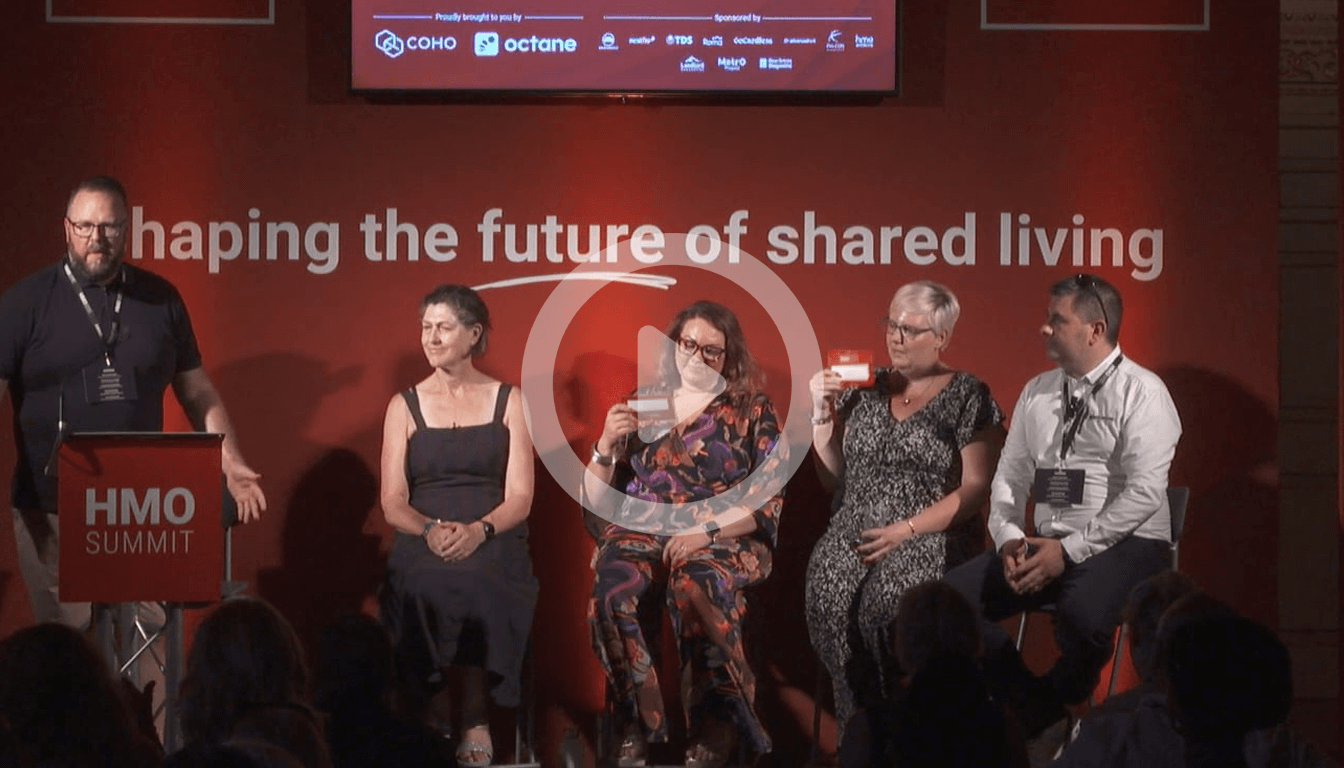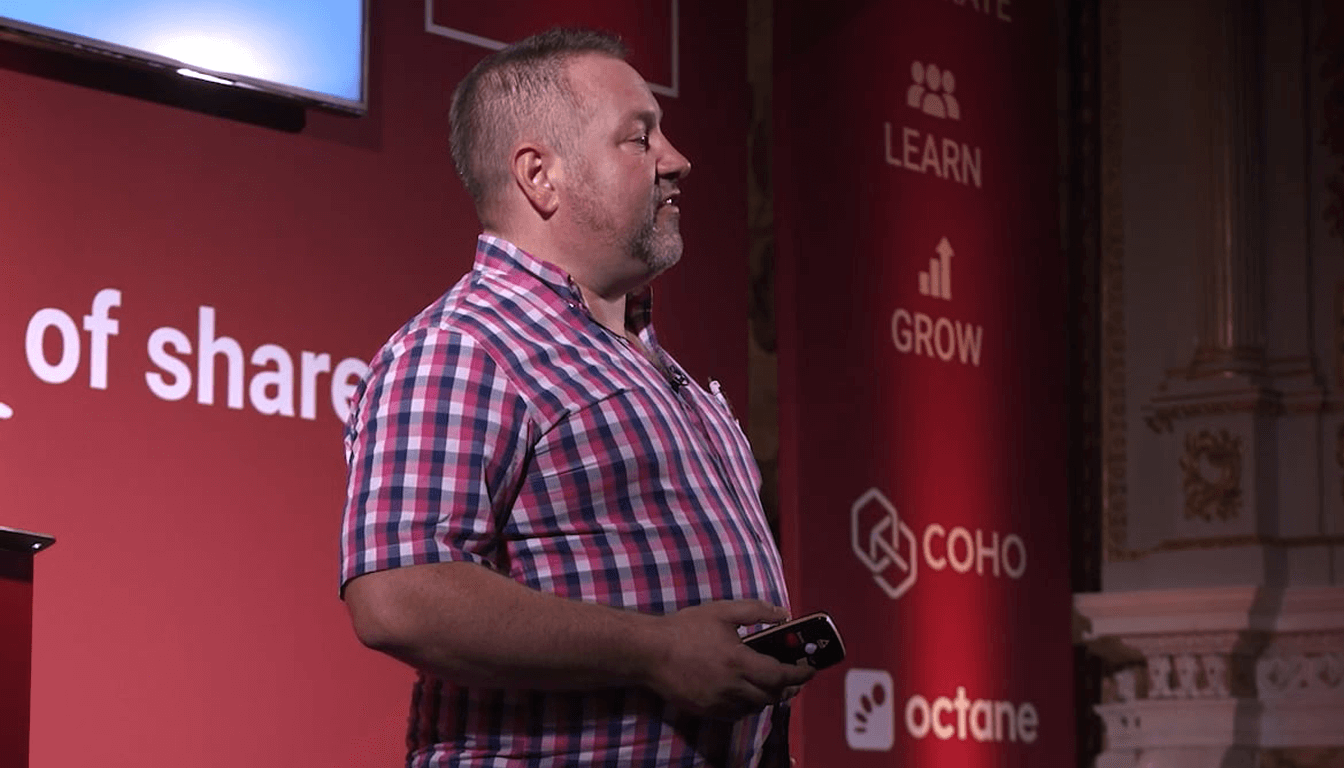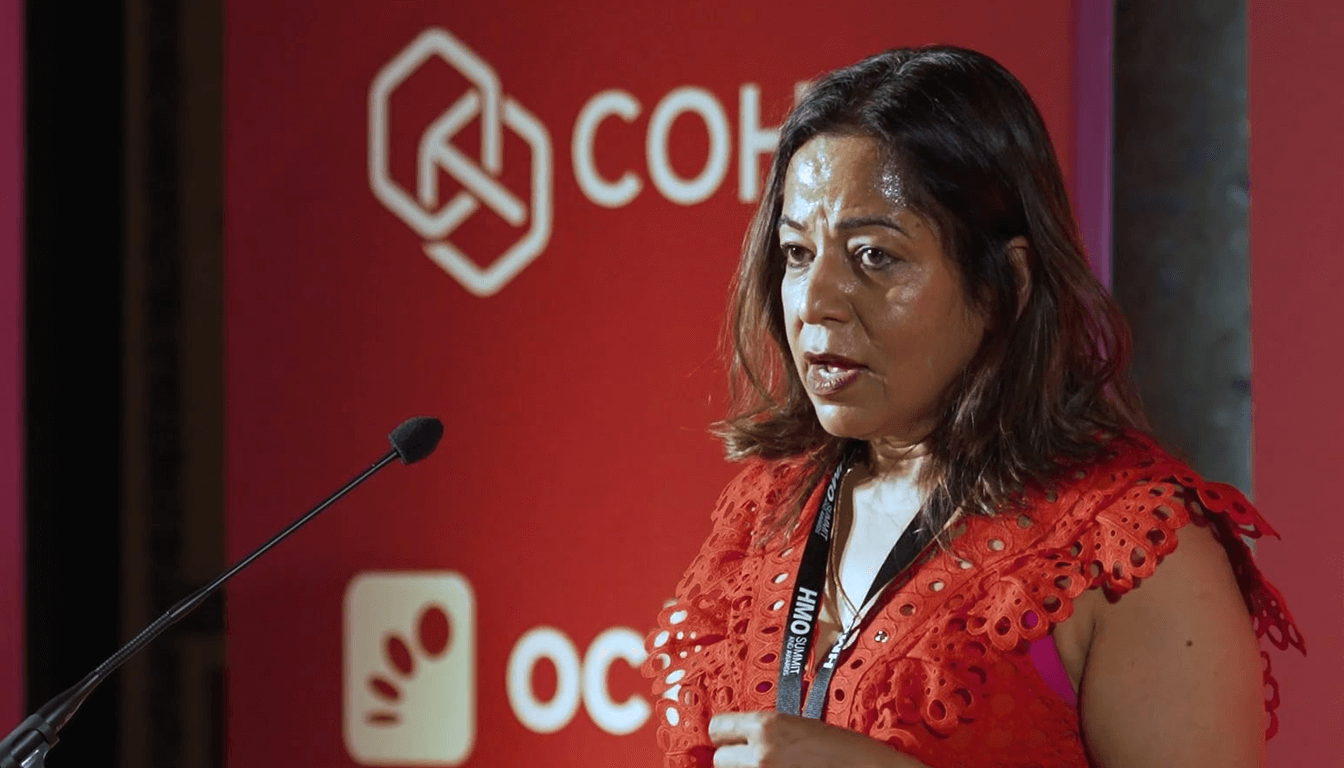HMOs are people businesses disguised as property businesses. You can have perfect bricks and a great yield on paper, but without processes, the income bleeds away into emergency call-outs, late-night messages, missed certificates and avoidable voids. The landlords and managers on the HMO Summit panel made two things very clear: first, organisation wins; second, the right service model that matches your tenant type protects margins and sanity.
1. Decide what business you are building (product-market fit)
Before anything else, be crystal clear about who you’ll serve. HMOs are not a single market; there are many:
- young professionals who want quality and community
- students with turnover and seasonal demand
- tenants on housing benefit where local authorities and LHA shape pricing
- specialist or supported housing with contract-based income
Choose one (or a small, compatible set) and design everything around them: the location you buy in, the specification of rooms, your communications tone and your pricing. The panel repeatedly emphasised that success comes from matching the property to the tenant profile,that is the single most effective way to reduce voids and arrears.
2. Stop using WhatsApp as your operating system
WhatsApp is great for instant chatter, but it creates false urgency, fragmented records and stress. The panel explained how instant messaging makes tenants expect instant replies 24/7 and hides audit trails.
- Replace WhatsApp with a central tenant-facing system. Use that system to:
- require maintenance tickets instead of casual messages
- auto-reply to let tenants know response times and emergency routes
- track who read messages and when, so you have evidence
For tenant-facing tech, choose something the tenant demographic will use easily,an app for young professionals, simple QR-code forms for tenants with lower tech access. Keep a single official channel for operations and reserve WhatsApp only for optional community chat where appropriate and non-urgent.
3. Invest in a small ecosystem of tech,the three engines
There’s no one tool that does everything but a well-chosen ecosystem will radically cut overheads and errors. The panel recommended three priorities:
Accounting and finance automation. Use Xero (or equivalent) from day one so every transaction is tagged to a property and reconciled. Rent volume grows fast,don’t be surprised by the complexity of the cashflow.
A property management platform. This is your operations backbone: tenant onboarding, document distribution, rent tracking and messaging. The right platform reduces disputes, automates compliance sends (EPCs, gas certificates) and stores rental documents.
Inventory & check-in tool. High-quality date-stamped photos and digital inventories remove almost all deposit disputes,and give you credibility with parents and guarantors. Inventory systems speed disputes resolution and reduce legal risk.
Start with small subscriptions; the monthly cost is easily covered by faster turnarounds and fewer disputes. As you grow, choose platforms that integrate or export cleanly into your accounts package.
4. Make onboarding an operational advantage
Onboarding is where you set expectations, reduce future friction and lock-in tenancy quality. Do not rush it.
- A good onboarding routine includes:
- a standardised digital tenant pack with house rules and emergency numbers
- a property manager–led check-in (not just a key drop) so the tenant meets the first port of call and understands the property
- a photo-rich inventory signed by both parties
The panel insisted that spending more time at move-in saves far more time later. A property manager who knows the house’s quirks is infinitely more effective than an agent who did the viewing.
5. Design communication SLAs and stick to them
The difference between calm operations and chaos is expectation management. Publish simple, easy-to-find service-level information (“We respond to non-urgent tickets within 48 hours; emergencies call this number”). Use business WhatsApp auto-responses and pinned messages in the tenant app that explain exactly what to do out of hours.
For emergencies, have an outsourced 24/7 answer service with video triage capability. If the out-of-hours provider can guide the tenant to a simple fix (turn off stopcock, reset an RCD, isolate an appliance), your costs plummet.
6. Preventive maintenance and proactive operations
Run your business reactively and you’ll pay later. The panel stressed proactive maintenance: scheduled inspections, plumbing checks, routine replacement cycles for high-wear items and quick refurbishment windows between tenancies.
Plan short planned voids to do refresh works. A controlled two–three day gap where you repaint, deep-clean and replace worn items is cheaper than a long, poorly presented void that scares new tenants and lowers rents.
7. Reduce voids with deliberate tenant matching and referral incentives
You keep HMOs full by creating communities that self-stabilise. The panel talked about “age-matching” and personality fit: if people in a house share similar rhythms (students or 9–5 professionals), they tolerate communal living longer.
Actively ask current residents to refer people and reward them for successful referrals. Host “meet-your-housemate” viewings where the group meets prospective new members; that social buy-in reduces failure-to-fit and subsequent churn.
8. Hire ahead when you’re scaling,and be ruthless about role clarity
One recurring theme: hire one person ahead of need. If you want to scale, hiring reactively means you’re always drowning. That said, know the model you’re scaling to: an owner-managed patch model (one property manager per house) needs multi-skilled staff; a regional management company needs specialist teams (lettings, maintenance, accounts, compliance).
Make responsibilities explicit: who handles arrears, who handles urgent repairs after hours, who signs off invoices. Without role clarity, your systems fail. And keep a program of spot checks and mystery audits so the team stays sharp.
9. Design and specification reduce management cost
The fit-out decisions you make today determine your maintenance bill for years. Spend time on room layout, sensible furniture choices, durable fixtures and easy-to-clean surfaces. Simple things such as the right bed position, robust door-stops, and furniture that allows airflow behind mattresses make a measurable difference to damp, mould and long-term expense.
If you’re not sure what works locally, pay for a short design consultation. It’s cheaper than fixing a poorly specified room after six months.
10. Know when to outsource and when to keep control
Outsource the repetitive and the time-consuming (out-of-hours call handling, routine data entry, bulk cleaning contracts). Keep strategic control of property standards, onboarding, and tenant selection. For specialist tenancies (supported housing, council contracts), have long-form leases and crystal-clear repair obligations before you accept a management contract.
The panel highlighted that when landlords thought the provider would cover repairs, they sometimes discovered gaps in the contract later. Read contracts carefully or get advice.
11. Measure what matters,KPIs for a profitable HMO management business
Daily drama is seductive; the health of your business is measured in a few simple indicators:
- rent collection rate and days-to-reconcile
- average days void between tenancies
- maintenance spend per room per annum (and trend)
- tenant turnover percentage (annualised)
- average time to resolve a ticket
A dashboard that highlights these metrics weekly will tell you when to act long before you feel the pain.
12. A final truth: scale or quality,choose your trade-off
You don’t have to scale forever. Several panellists intentionally capped growth for quality of life. Decide your ambition honestly. If you want a 20-mile patch with excellent service, optimise for hyper-local operation. If you want 1,000 rooms, design scalable processes and accept the need for bigger teams and more robust systems.
Start small, document everything, iterate quickly
If you’re self-managing one to three HMOs today, do three things this week: pick a single tenant-facing reporting channel and publish the SLA; install a basic accounts package and connect your rent banking; take one property through a documented check-in and inventory workflow (photos, signed checklist). If you manage dozens or hundreds of rooms, audit your onboarding and out-of-hours processes and hire one person a step ahead of where you are.
HMO management is not glamorous, but when you get the operational engine humming,good onboarding, predictable communication, thoughtful design and a small stack of integrated tech,the business profits, your time frees up and the tenants get a better home. That is the triple win every HMO manager should build toward.
HMOs are people businesses disguised as property businesses. You can have perfect bricks and a great yield on paper, but without processes, the income bleeds away into emergency call-outs, late-night messages, missed certificates and avoidable voids. The landlords and managers on the HMO Summit panel made two things very clear: first, organisation wins; second, the right service model that matches your tenant type protects margins and sanity.
1. Decide what business you are building (product-market fit)
Before anything else, be crystal clear about who you’ll serve. HMOs are not a single market; there are many:
- young professionals who want quality and community
- students with turnover and seasonal demand
- tenants on housing benefit where local authorities and LHA shape pricing
- specialist or supported housing with contract-based income
Choose one (or a small, compatible set) and design everything around them: the location you buy in, the specification of rooms, your communications tone and your pricing. The panel repeatedly emphasised that success comes from matching the property to the tenant profile,that is the single most effective way to reduce voids and arrears.
2. Stop using WhatsApp as your operating system
WhatsApp is great for instant chatter, but it creates false urgency, fragmented records and stress. The panel explained how instant messaging makes tenants expect instant replies 24/7 and hides audit trails.
- Replace WhatsApp with a central tenant-facing system. Use that system to:
- require maintenance tickets instead of casual messages
- auto-reply to let tenants know response times and emergency routes
- track who read messages and when, so you have evidence
For tenant-facing tech, choose something the tenant demographic will use easily,an app for young professionals, simple QR-code forms for tenants with lower tech access. Keep a single official channel for operations and reserve WhatsApp only for optional community chat where appropriate and non-urgent.
3. Invest in a small ecosystem of tech,the three engines
There’s no one tool that does everything but a well-chosen ecosystem will radically cut overheads and errors. The panel recommended three priorities:
Accounting and finance automation. Use Xero (or equivalent) from day one so every transaction is tagged to a property and reconciled. Rent volume grows fast,don’t be surprised by the complexity of the cashflow.
A property management platform. This is your operations backbone: tenant onboarding, document distribution, rent tracking and messaging. The right platform reduces disputes, automates compliance sends (EPCs, gas certificates) and stores rental documents.
Inventory & check-in tool. High-quality date-stamped photos and digital inventories remove almost all deposit disputes,and give you credibility with parents and guarantors. Inventory systems speed disputes resolution and reduce legal risk.
Start with small subscriptions; the monthly cost is easily covered by faster turnarounds and fewer disputes. As you grow, choose platforms that integrate or export cleanly into your accounts package.
4. Make onboarding an operational advantage
Onboarding is where you set expectations, reduce future friction and lock-in tenancy quality. Do not rush it.
- A good onboarding routine includes:
- a standardised digital tenant pack with house rules and emergency numbers
- a property manager–led check-in (not just a key drop) so the tenant meets the first port of call and understands the property
- a photo-rich inventory signed by both parties
The panel insisted that spending more time at move-in saves far more time later. A property manager who knows the house’s quirks is infinitely more effective than an agent who did the viewing.
5. Design communication SLAs and stick to them
The difference between calm operations and chaos is expectation management. Publish simple, easy-to-find service-level information (“We respond to non-urgent tickets within 48 hours; emergencies call this number”). Use business WhatsApp auto-responses and pinned messages in the tenant app that explain exactly what to do out of hours.
For emergencies, have an outsourced 24/7 answer service with video triage capability. If the out-of-hours provider can guide the tenant to a simple fix (turn off stopcock, reset an RCD, isolate an appliance), your costs plummet.
6. Preventive maintenance and proactive operations
Run your business reactively and you’ll pay later. The panel stressed proactive maintenance: scheduled inspections, plumbing checks, routine replacement cycles for high-wear items and quick refurbishment windows between tenancies.
Plan short planned voids to do refresh works. A controlled two–three day gap where you repaint, deep-clean and replace worn items is cheaper than a long, poorly presented void that scares new tenants and lowers rents.
7. Reduce voids with deliberate tenant matching and referral incentives
You keep HMOs full by creating communities that self-stabilise. The panel talked about “age-matching” and personality fit: if people in a house share similar rhythms (students or 9–5 professionals), they tolerate communal living longer.
Actively ask current residents to refer people and reward them for successful referrals. Host “meet-your-housemate” viewings where the group meets prospective new members; that social buy-in reduces failure-to-fit and subsequent churn.
8. Hire ahead when you’re scaling,and be ruthless about role clarity
One recurring theme: hire one person ahead of need. If you want to scale, hiring reactively means you’re always drowning. That said, know the model you’re scaling to: an owner-managed patch model (one property manager per house) needs multi-skilled staff; a regional management company needs specialist teams (lettings, maintenance, accounts, compliance).
Make responsibilities explicit: who handles arrears, who handles urgent repairs after hours, who signs off invoices. Without role clarity, your systems fail. And keep a program of spot checks and mystery audits so the team stays sharp.
9. Design and specification reduce management cost
The fit-out decisions you make today determine your maintenance bill for years. Spend time on room layout, sensible furniture choices, durable fixtures and easy-to-clean surfaces. Simple things such as the right bed position, robust door-stops, and furniture that allows airflow behind mattresses make a measurable difference to damp, mould and long-term expense.
If you’re not sure what works locally, pay for a short design consultation. It’s cheaper than fixing a poorly specified room after six months.
10. Know when to outsource and when to keep control
Outsource the repetitive and the time-consuming (out-of-hours call handling, routine data entry, bulk cleaning contracts). Keep strategic control of property standards, onboarding, and tenant selection. For specialist tenancies (supported housing, council contracts), have long-form leases and crystal-clear repair obligations before you accept a management contract.
The panel highlighted that when landlords thought the provider would cover repairs, they sometimes discovered gaps in the contract later. Read contracts carefully or get advice.
11. Measure what matters,KPIs for a profitable HMO management business
Daily drama is seductive; the health of your business is measured in a few simple indicators:
- rent collection rate and days-to-reconcile
- average days void between tenancies
- maintenance spend per room per annum (and trend)
- tenant turnover percentage (annualised)
- average time to resolve a ticket
A dashboard that highlights these metrics weekly will tell you when to act long before you feel the pain.
12. A final truth: scale or quality,choose your trade-off
You don’t have to scale forever. Several panellists intentionally capped growth for quality of life. Decide your ambition honestly. If you want a 20-mile patch with excellent service, optimise for hyper-local operation. If you want 1,000 rooms, design scalable processes and accept the need for bigger teams and more robust systems.
Start small, document everything, iterate quickly
If you’re self-managing one to three HMOs today, do three things this week: pick a single tenant-facing reporting channel and publish the SLA; install a basic accounts package and connect your rent banking; take one property through a documented check-in and inventory workflow (photos, signed checklist). If you manage dozens or hundreds of rooms, audit your onboarding and out-of-hours processes and hire one person a step ahead of where you are.
HMO management is not glamorous, but when you get the operational engine humming,good onboarding, predictable communication, thoughtful design and a small stack of integrated tech,the business profits, your time frees up and the tenants get a better home. That is the triple win every HMO manager should build toward.









